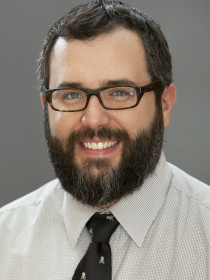
Andrew V. Papachristos
Connect with Andrew
About Andrew
Papachristos is a researcher and policy analyst of urban neighborhoods, street gangs, violent crime, gun violence, and social networks. Most recently, Papachristos was awarded a National Science Foundation Faculty Early Career Development award to examine how violence spreads through high-risk social networks. He is also currently involved in the evaluation and implementation of several violence reduction strategies, most notably the Project Safe Neighborhoods and the Group Violence Reduction Strategy in Chicago. His writing has appeared in Foreign Policy, The American Journal of Sociology, The Annals of the American Academy of Social and Political Science, The American Journal of Public Health, Criminology & Public Policy, Journal of Quantitative Criminology, and several edited volumes and other peer-reviewed journals. Papachristos actively works as a board member of the National Network for Safe Communities and the National Gang Crime Research Center.